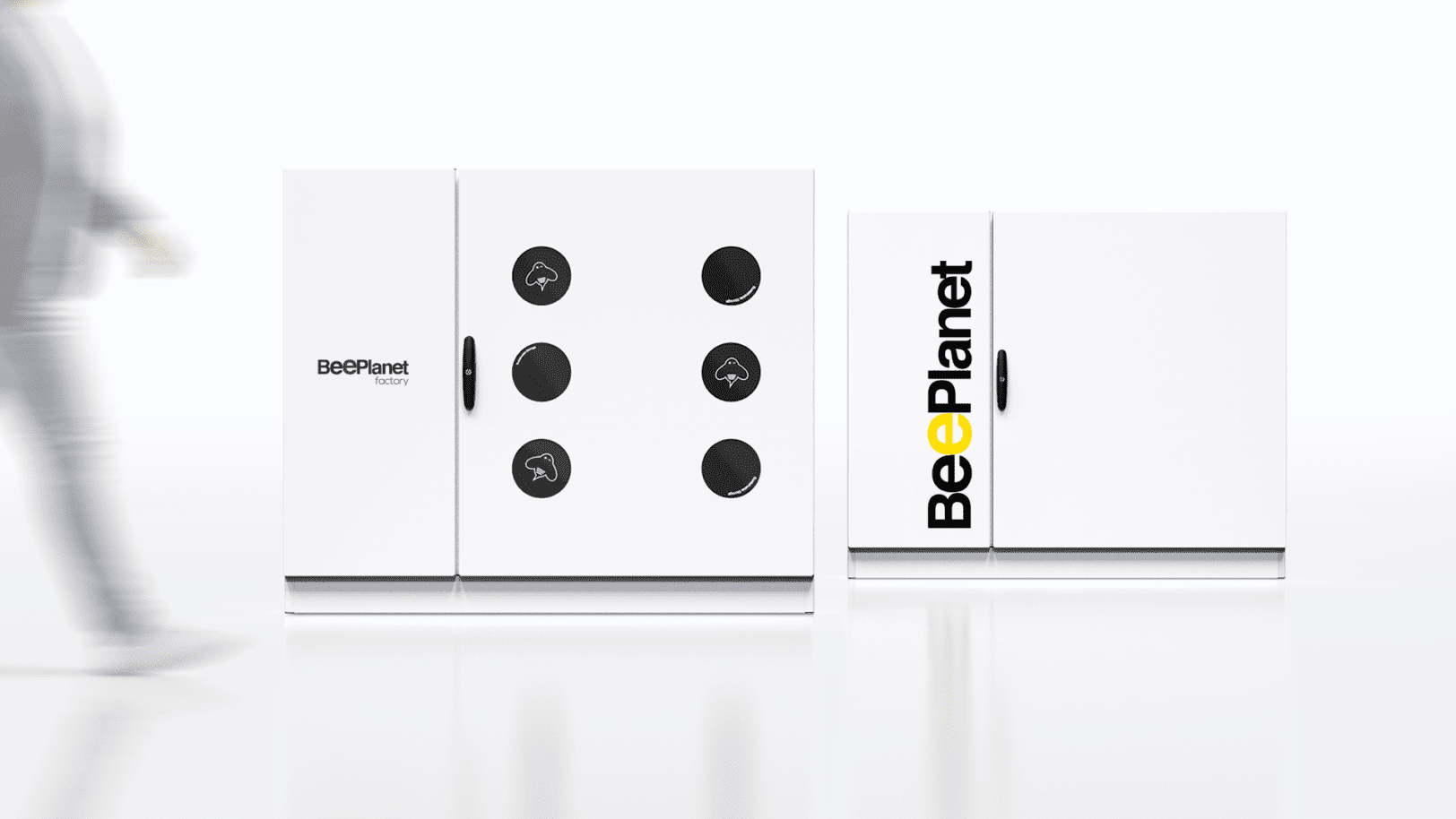Battery Swapping has arrived. SPOILER: we are not only going to recharge batteries.
“Battery swapping”or the exchange of a depleted battery for a new one in a matter of minutes in our EV (electric vehicle), is an unstoppable trend. In fact, it has already arrived from Asia to Europe, more specifically to Norway, and this is no coincidence.
“Battery swapping consists of exchanging the already depleted battery of an EV for a new one in a matter of minutes”.
Battery swapping is not intended as the only solution, it is intended as a complement to the current charging system. But perhaps in the not too distant future, this new trend will overtake traditional charging as the preferred option among users because it is a much more agile process than fast charging. We are talking about an estimated time that varies from 3 to 5 minutes for the exchange and from 30 to 60 minutes for a DC fast charger.
In China, in 2021 the number of BEVs (pure electric cars or ‘battery-powered’ vehicles) exceeded 1,980,000 registrations according to data from the China Association of Automobile Manufacturers. And with nearly 1,300 swap stations at the end of this year, it is expected to continue to increase to 26,000 by 2025. Currently, the two companies in charge of these facilities are NIO and Aulton New Energy.
While the sales volume of new pure electric cars registered in major Western European markets in 2021 rose to 1 million, according to Business Insider.
And which was the market with the highest penetration of electric cars in Europe?
According to the International Energy Agency (IEA), it was Norway. Being the country with the highest proportion of electric cars in the world per capita, with 65% market share. Here we see why it is no coincidence that it is the first country to integrate Nio’s battery swapping.
The idea is not new, there have already been manufacturers who thought about battery swapping but it has been a Chinese manufacturer of electric vehicles, Nio, which has decided to take a risk and bet on this trend.
The number of electric vehicles around the world is increasing and the long waiting times to charge vehicles are important factors that may drive the growth of the electric vehicle battery exchange systems market in the not too distant future.
When we talk about electric car batteries, have you ever thought about a trip? And where do I charge it? When am I going to find a charging station? How long will I have to wait for the battery to charge?
Because there are many gas stations, but not so many electric charging stations, and the time we want to wait is rather short. In the age of immediacy, who said to wait? If we are demanding with an ecommerce, why aren’t we demanding with recharging time and customer experience?
With this battery exchange service, also known as “Battery-as-a-service”, an electric vehicle user drives to a battery exchange station and a system, automatically, replaces the battery with a fully charged one without the driver having to do anything. Arrive, swap the battery and drive away. It’s that simple, or so it seems.

These are battery exchange stations, like the user who goes to pick up his online order in a “click & collect”, where the vehicle parks and the driver waits. As a key point to highlight, the vehicle must have a special design called ‘easy swap’ for the exchange to take place. In other words, we need a car prepared for this.
As we can see, the market is retaking old bets that were perhaps not so viable, and the future may even surprise us with unexpected or even unthought-of twists. As Paul Gaughin used to say, “To see I close my eyes“.